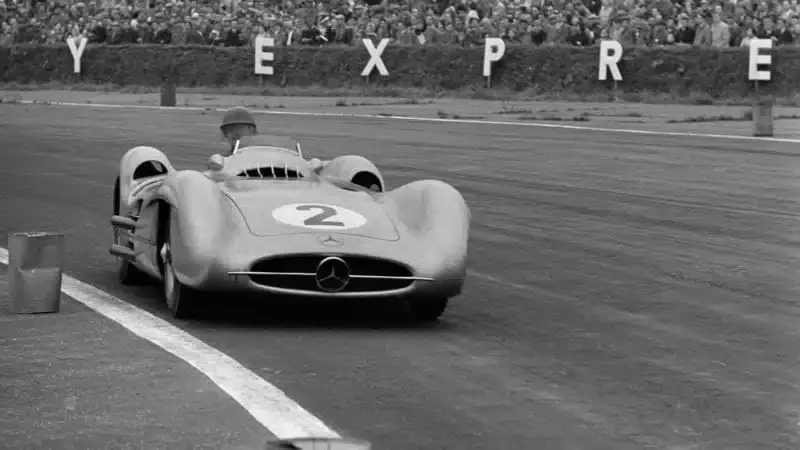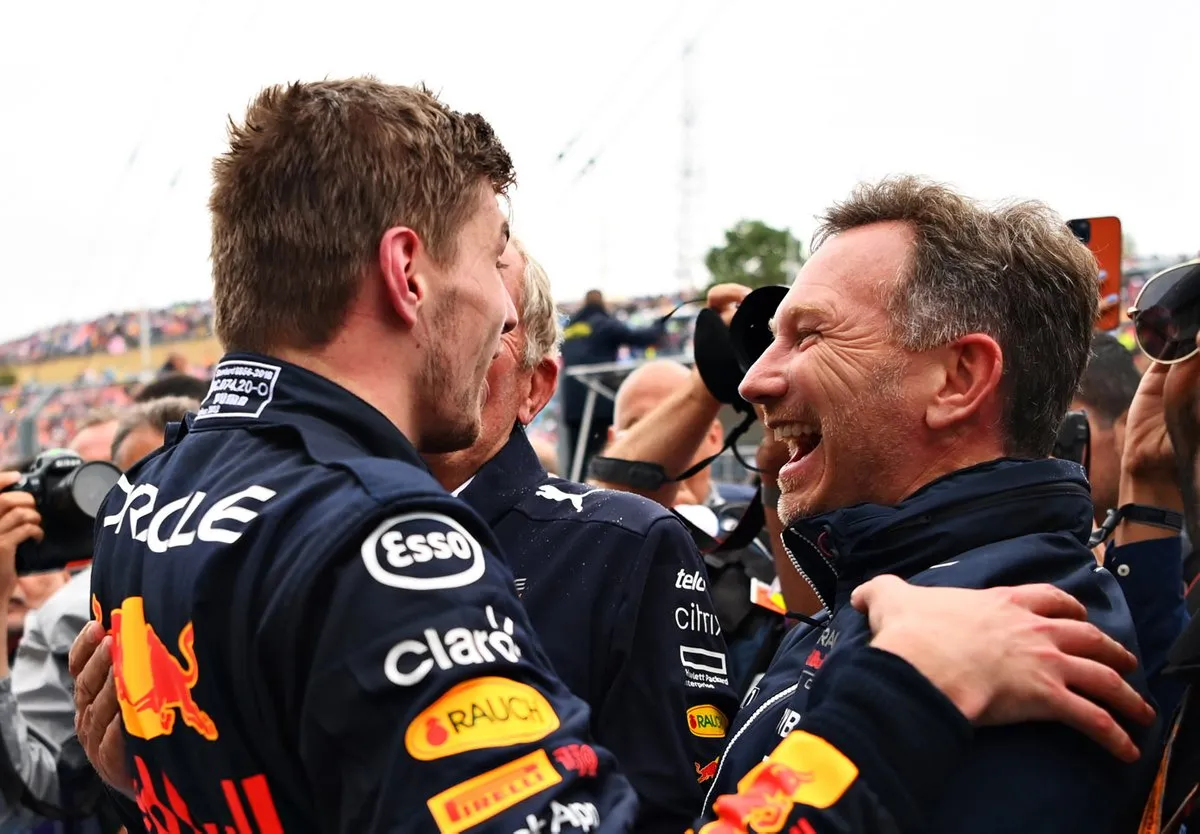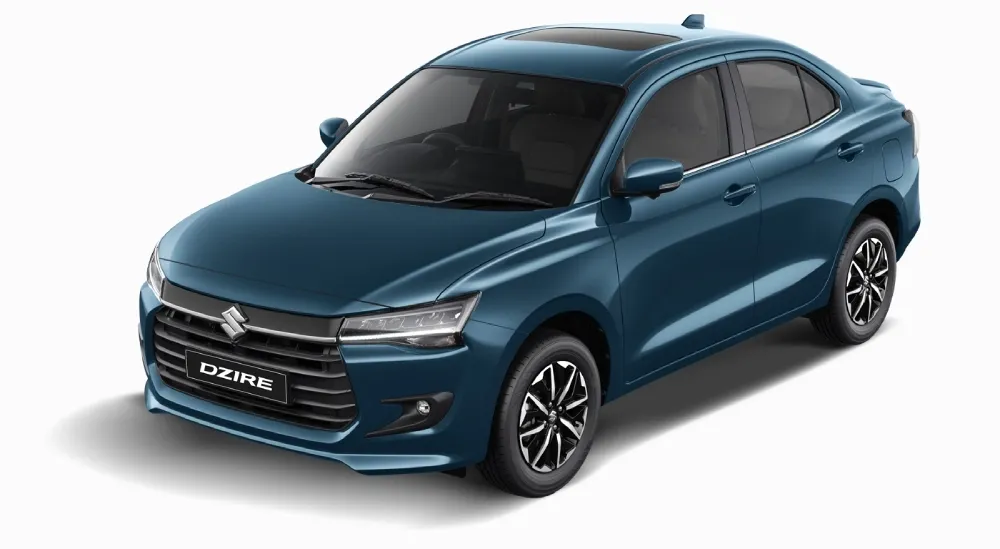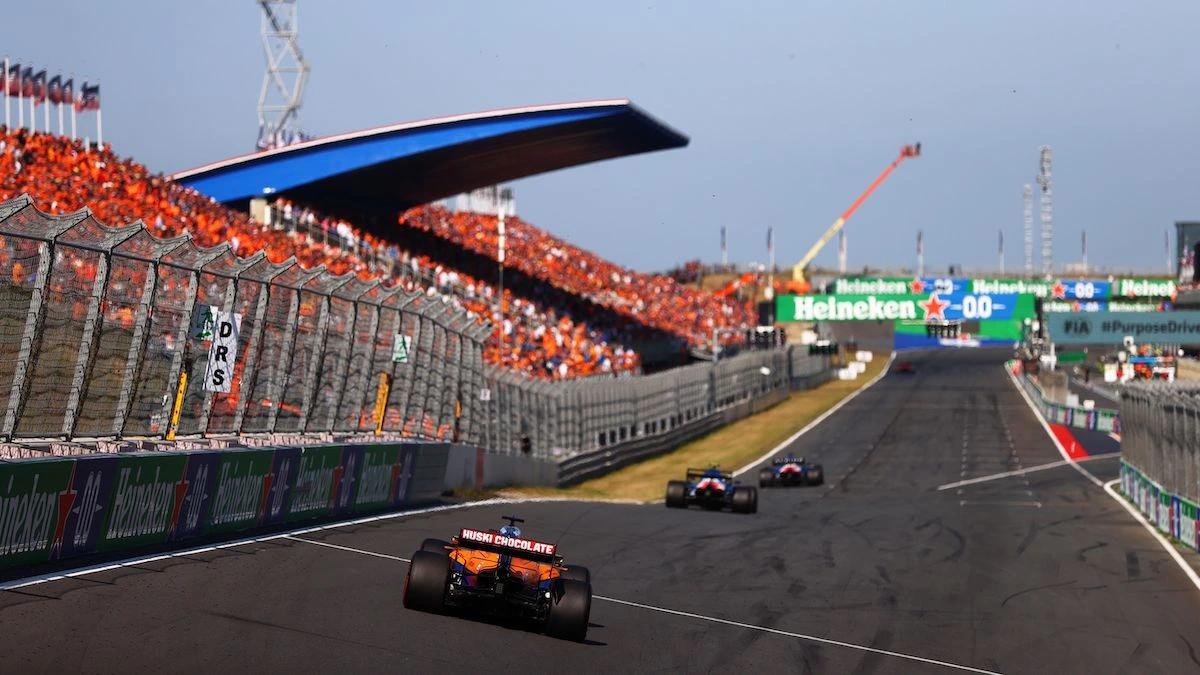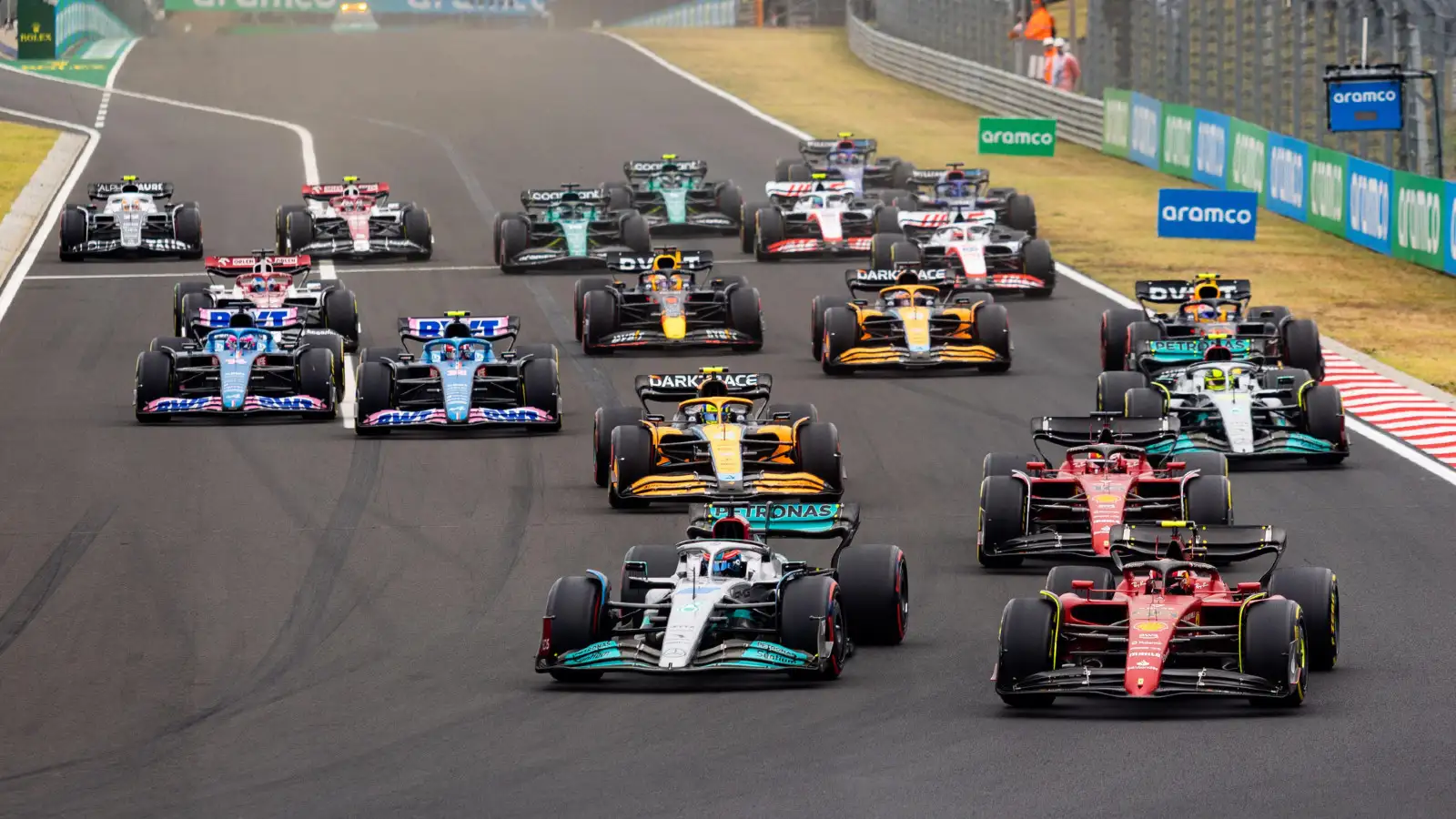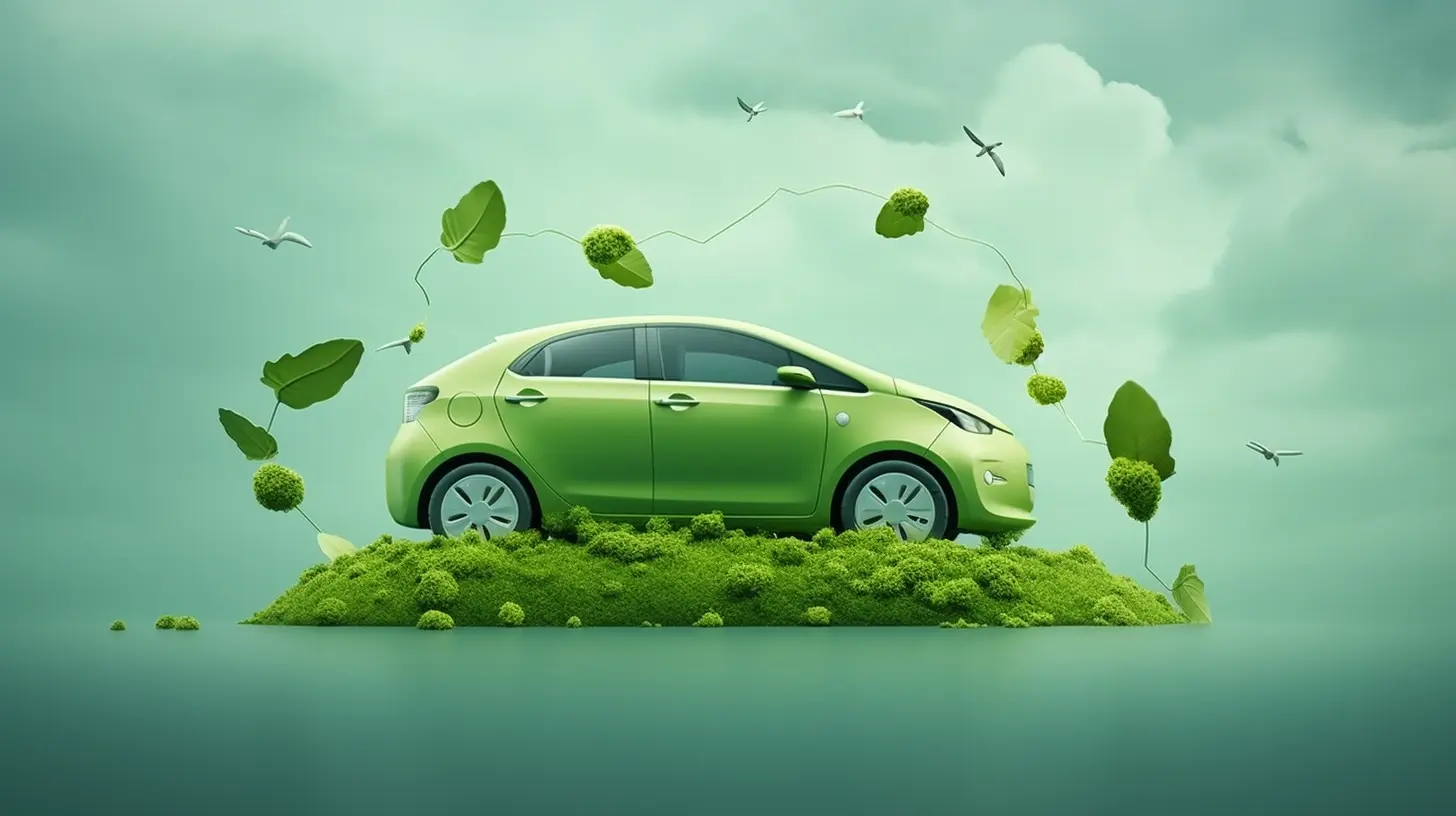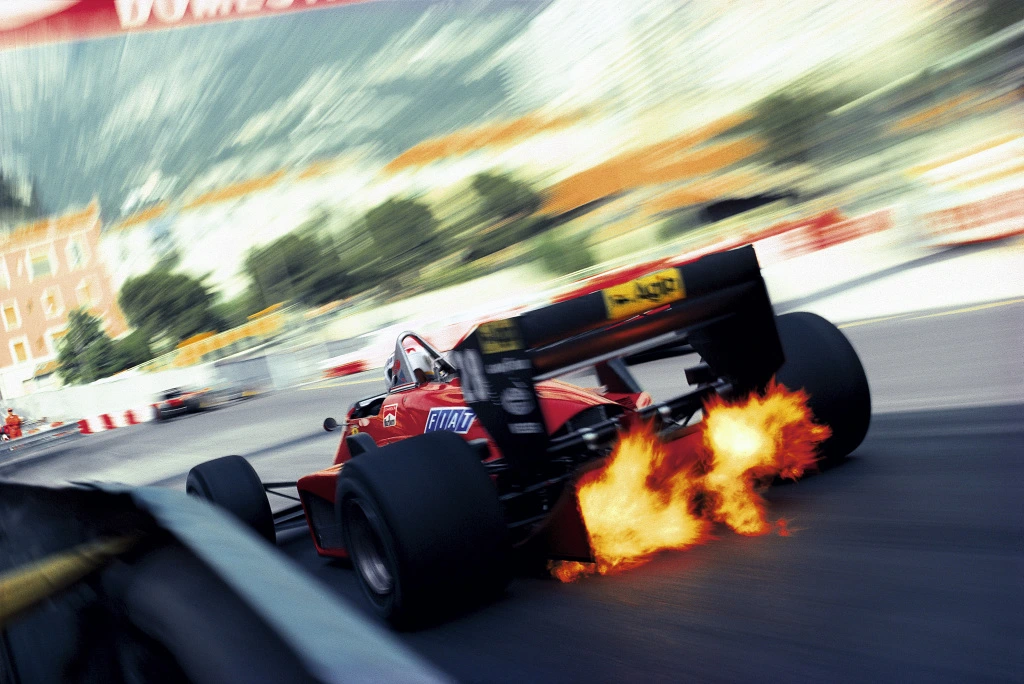Often considered the height of motorsports, Formula 1 has witnessed radical improvements in vehicle design, technology, and performance throughout the years. since modest, front-engine roadsters to the incredibly sophisticated, aerodynamically optimised machines of today, Formula 1 vehicles have changed since its founding in 1950. Engineering, safety rules, and the unrelenting quest of speed have pushed this development.
1950s: Formula 1 First Born
Formula 1's early years had vehicles that looked much like conventional road automobiles. Their engines were front-mounted, their big wire-spoke wheels lacked aerodynamics. With strong normally aspirated engines but little downforce, the Ferrari 375 and Alfa Romeo 158 dominated this age. Safety was basic; drivers generally wore flimsy dungarees and leather hats for protection.
Read also: Most Popular Formula 1 Circuits Worldwide
The mid-engine revolution of the 1960s
Mid-engine layouts, first by Cooper and then embraced by all teams, fundamentally changed vehicle design in the 1960s. This arrangement enhanced weight distribution and handling, hence increasing the competitiveness of vehicles like as the Lotus 25 and Brabham BT19. Lotus improved structural integrity and crash protection by introducing monocoque chassis technology as well.
1970s: Development of Aerodynamics
Aerodynamics evolved into a major consideration in F1 vehicle design during the 1970s. Wings and aerofoils enabled downforce generation, hence raising cornering speeds. Ground effect aerodynamics, as demonstrated in the Lotus 79, used airflow under the automobile to produce suction, therefore enhancing grip. But safety issues resulted in rules restricting ground effect during the next ten years.
1980s: Accelerated Safety Improvements and Turbocharged Power
The 1980s were defined by the predominance of turbocharged engines, generating in qualifying trim formerly unheard-of power outputs topping 1,000 horsepower. Raw power was displayed in cars such the Williams FW11 and McLaren MP4/4. By the end of the decade, however, revisions in fuel capacity limits and turbo restrictions followed from worries about driver safety.
Read also: Formula 1 Qualifying Format Explained
1990s: Electronic Developments and Improved Aerodynamics
With semi-automatic transmissions, active suspension, and traction control, technology advanced significantly in the 1990s. Prime instances of ingenuity, the Williams FW14B and the McLaren MP4/5 provide drivers more control and stability. With bargeboards and contoured wings maximising airflow, aerodynamics become more exact.
2000s: Hybrid beginnings and standardised rules
Formula 1 adopted standardised components like grooved tires to lower speeds and a prohibition on technological assistance in response to growing costs and safety issues. With kinetic energy recovery systems (KERS) launched in 2009, the 2000s also saw the start of hybrid technologies. High performance with enhanced dependability came from cars like the Ferrari F2004 and Renault R25.
2010s: Aerodynamic overhauls and hybrid era
The arrival of the turbo-hybrid power units in 2014 transformed Formula 1. By combining modern energy recovery technologies with turbocharging, these engines raised sustainability and efficiency. Aerodynamics experienced constant improvement as bargeboards and intricate front wings shaped airflow. With vehicles like the W11, which showed unmatched speed and dependability, the Mercedes-AMG Petronas team dominated this age.
Ground Effect Returns and Sustainability Focus in 2020s
Bringing ground effect aerodynamics back in order to support tighter racing and lower dirty air effects, the 2022 rules signalled a new chapter. Today's cars have simpler wings, bigger tires, and an eye towards renewable fuels. Safety innovations like the halo device and better crash structures still shield drivers and preserve the sport's great attraction.
Finally.
Formula 1 car development shows the unrelenting quest of speed, safety, and technical innovation. Formula 1 keeps pushing the envelope of invention from the basic front-engine vehicles of the 1950s to today's more complex hybrid machines. The upcoming Formula 1 chapter looks to be equally exciting as the past, with sustainability and new technology reshining the future.
.png)
